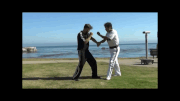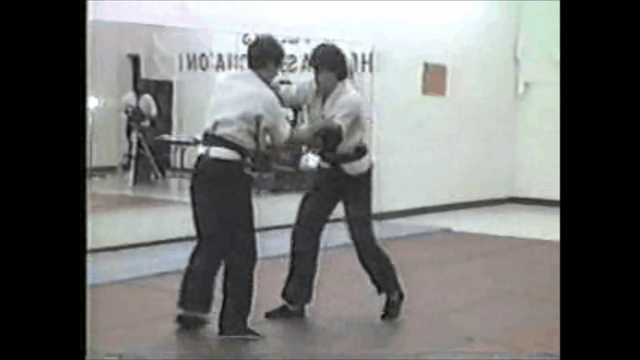It's the same principle as the move in your video. But it's used in stand up wrestling. The concept is to bend your opponent's knee side way while force his body to be vertical. If your body can bend along with your leg, you may escape out of it. But if your body is forced to be vertical (such as your opponent has head lock on you), there is no way to release that pressure on the knee joint (if your opponent has strong leg twisting power).Are you talking about the inverted heel hook?
It's definitely one of the most destructive submissions out there. But like any move, there are counters. In fact there are multiple video instructional sets on how to set it up, counter it, counter the counter, counter the counters to the counter, and so on.
Last edited:


